Unleash your inner strength and find your footing with root chakra yoga. Picture this: standing tall like a mountain, feeling grounded like a tree, and embracing life with unwavering confidence. Root chakra yoga poses offer more than just physical exercise—they're a gateway to stability, security, and self-assurance. Dive into this ancient practice and discover how simple movements can ignite a profound transformation within you. Whether you're seeking balance in a chaotic world or craving a deeper connection to yourself, root chakra yoga is your pathway to empowerment. Embrace the journey, root down, and rise up stronger than ever before. Root Chakra Yoga Poses
Introduction to Root Chakra Yoga
The root chakra, or Muladhara in Sanskrit, is the first energy center located at the base of the spine. It represents our foundation, stability, and sense of security. Root chakra yoga focuses on grounding and connecting with the earth’s energy to balance this foundational energy center. By practicing specific yoga poses, you can stimulate and harmonize the root chakra, fostering a sense of safety and stability in your life.
Understanding the Root Chakra
The root chakra is associated with the element of earth and governs our basic survival needs, including food, shelter, and safety. When the root chakra is balanced, we feel grounded, secure, and able to trust in the flow of life. However, imbalances in this chakra can lead to feelings of fear, insecurity, and instability.
Importance of Balancing the Root Chakra
Balancing the root chakra is essential for overall well-being. When this energy center is balanced, we feel more grounded, confident, and connected to our physical bodies and the world around us. By incorporating root chakra yoga poses into your practice, you can release tension, fear, and anxiety while promoting a sense of stability and security.
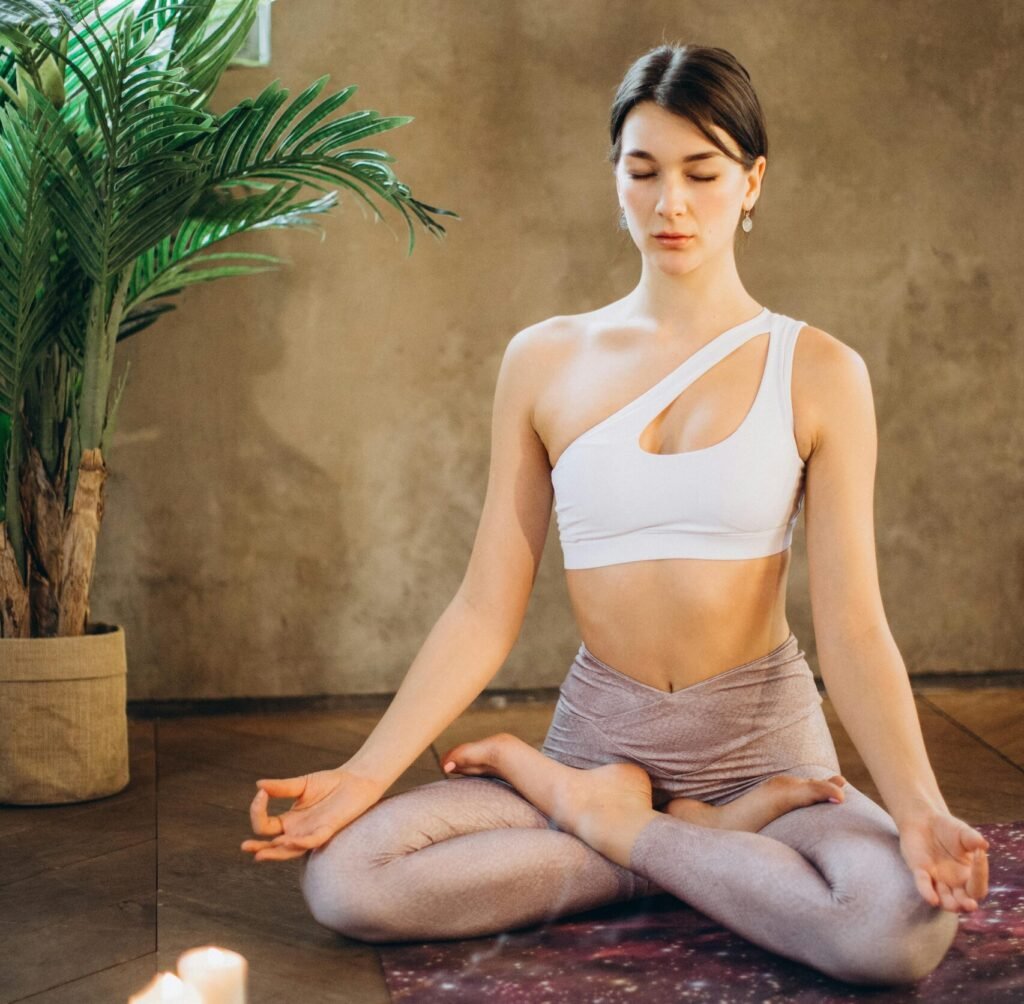
Benefits of Root Chakra Yoga Poses
Physical Benefits:
- Strengthens Muscles: Root chakra yoga poses target muscles in the legs, hips, and lower back, enhancing strength and stability.
- Improves Posture: Practicing these poses helps correct posture by engaging core muscles and aligning the spine.
- Boosts Circulation: The movements involved in root chakra yoga stimulate blood flow, promoting better circulation throughout the body.
- Enhances Flexibility: Regular practice of these poses increases flexibility in the hips, hamstrings, and spine, reducing the risk of injury.
Emotional and Mental Benefits:
- Reduces Stress: Root chakra yoga poses encourage deep breathing and relaxation, reducing stress and anxiety levels.
- Increases Confidence: By fostering a sense of stability and security, these poses help boost self-confidence and self-esteem.
- Promotes Emotional Balance: Balancing the root chakra can release stored emotions and alleviate feelings of fear, insecurity, and instability.
- Enhances Mental Clarity: Clearing energy blockages in the root chakra can improve mental clarity and focus, leading to greater productivity and peace of mind.
Spiritual Benefits:
- Grounding Energy: Root chakra yoga connects practitioners with the earth’s energy, grounding them in the present moment and fostering a sense of belonging.
- Facilitates Spiritual Growth: By aligning with the root chakra’s energy, individuals can deepen their spiritual practice and experience greater connection to themselves and the universe.
- Promotes Mindfulness: Practicing these poses encourages mindfulness and presence, allowing practitioners to cultivate a deeper awareness of themselves and their surroundings.
- Opens the Path to Transformation: Balancing the root chakra can remove obstacles to personal growth and transformation, paving the way for a more fulfilling and purposeful life.
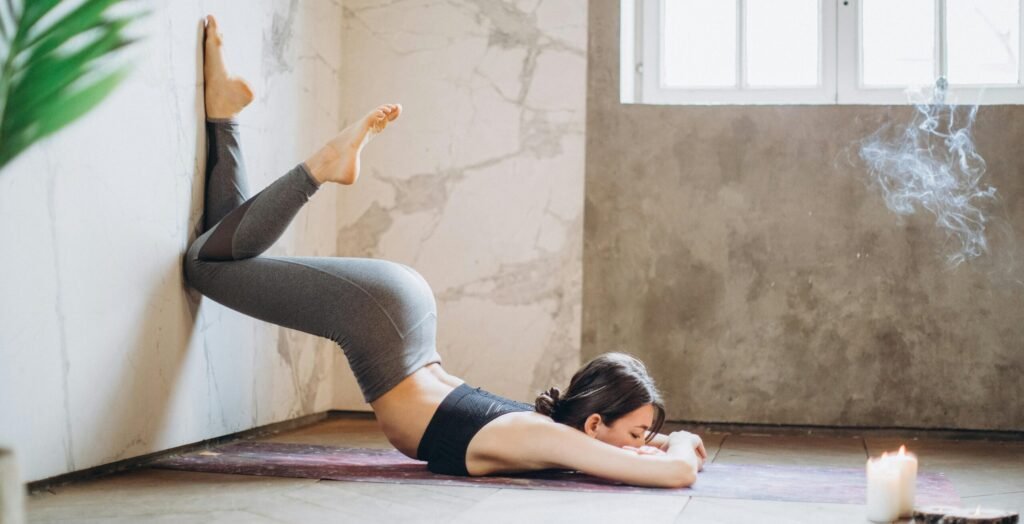
Preparing for Root Chakra Yoga
Before practicing root chakra yoga poses, it’s essential to create a supportive environment and prepare your body and mind for the practice ahead.
Creating a Sacred Space
Set aside a quiet, clutter-free space where you can practice without distractions. You may want to decorate your space with earthy colors, crystals, or other grounding elements to enhance the energy of your practice.
Breathing Exercises
Begin your practice with deep, mindful breathing exercises to calm the mind and center yourself in the present moment. Try inhaling deeply through the nose, filling the belly with breath, and exhaling fully through the mouth, releasing tension and stress with each breath.
Root Chakra Yoga Poses
Now, let’s explore some powerful root chakra yoga poses that you can incorporate into your practice to balance and energize your Muladhara chakra.
Mountain Pose (Tadasana):
- Description: Stand tall with your feet hip-width apart, grounding firmly into the earth. Roll your shoulders back and down, lengthen your spine, and lift your chest. Bring your palms together at your heart center, and engage your core.
- How to Perform: Inhale deeply as you reach your arms overhead, palms facing each other. Keep your shoulders relaxed and away from your ears. Hold the pose for several breaths, focusing on grounding down through your feet and elongating your spine.
Tree Pose (Vrksasana):
- Description: Begin in Mountain Pose. Shift your weight onto your left foot and lift your right foot off the ground. Place the sole of your right foot against the inner left thigh or calf, avoiding the knee. Bring your hands to your heart or extend them overhead.
- How to Perform: Find a focal point to gaze at to help with balance. Press your foot into your inner thigh or calf and engage your core. Hold the pose for several breaths, then switch sides.
Warrior Pose I (Virabhadrasana I):
- Description: From Mountain Pose, step your left foot back about 3-4 feet, keeping both feet facing forward. Bend your right knee to a 90-degree angle, ensuring it aligns with your ankle. Extend your arms overhead, palms facing each other.
- How to Perform: Ground down through the outer edge of your left foot and press into the ball of your right foot. Lift your chest and gaze upward, maintaining a strong foundation through your legs and core. Hold the pose for several breaths, then switch sides.
Warrior Pose II (Virabhadrasana II):
- Description: From Warrior Pose I, open your hips and arms to the sides, with your right foot parallel to the back edge of your mat. Extend your arms out to the sides at shoulder height, palms facing down.
How to Perform: Keep your right knee bent at a 90-degree angle, ensuring it aligns with your ankle. Gaze over your right fingertips and press into the outer edge of your left foot. Hold the pose for several breaths, then switch sides.
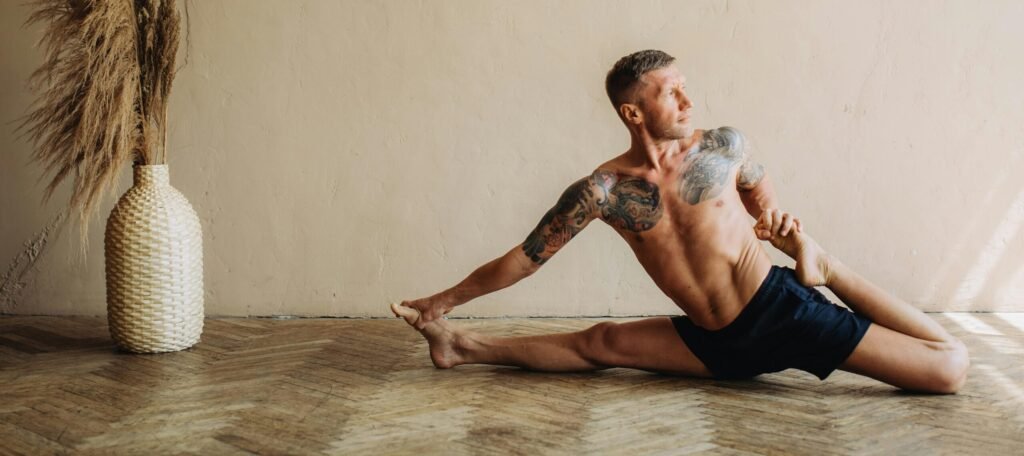
READ ABOUT “Gate Pose Yoga: A Comprehensive Guide to practice and Benefits” CLICK
Garland Pose (Malasana):
- Description: Start standing with your feet wider than hip-width apart, toes turned slightly out. Lower your hips down toward the ground, coming into a deep squat position. Bring your palms together at your heart, using your elbows to press your knees open.
- How to Perform: Keep your chest lifted and your spine long. Press your elbows into your inner thighs to deepen the stretch. Hold the pose for several breaths, then slowly rise back up to standing.
Child’s Pose (Balasana):
- Description: Begin on your hands and knees in a tabletop position. Sit your hips back toward your heels, extending your arms forward and lowering your forehead to the mat. Keep your knees together or widen them for a deeper stretch.
- How to Perform: Relax your forehead and jaw, allowing your entire body to melt into the mat. Breathe deeply into your lower back and hips, feeling the stretch with each breath. Hold the pose for several breaths, then slowly come back to a seated position.
Bridge Pose (Setu Bandhasana):
- Description: Lie on your back with your knees bent and feet hip-width apart, heels close to your glutes. Press into your feet and lift your hips toward the ceiling, engaging your glutes and thighs. Interlace your hands beneath your lower back and roll your shoulders underneath you.
- How to Perform: Keep your knees in line with your ankles and avoid letting them splay outward. Press into your feet to lift your hips higher, opening your chest toward the sky. Hold the pose for several breaths, then release your hands and slowly lower your hips back down to the mat.
Legs-Up-The-Wall Pose (Viparita Karani):
- Description: Sit sideways next to a wall with your knees bent and your hip close to the wall. Lie onto your back and swing your legs up the wall while bringing your hips as close to the wall as comfortable.
- How to Perform: Relax your arms by your sides, palms facing up. Close your eyes and focus on deep belly breathing. Allow the weight of your legs to release tension in your lower back and hamstrings. Hold the pose for several minutes, then gently release by sliding your legs down the wall.
Corpse Pose (Savasana):
- Description: Lie flat on your back with your arms by your sides, palms facing up. Allow your feet to fall open and relax your entire body into the mat.
- How to Perform: Close your eyes and focus on your breath, allowing each inhale and exhale to deepen your relaxation. Let go of any tension or stress in your body, surrendering to the present moment. Remain in Savasana for several minutes, then slowly begin to deepen your breath and gently awaken your body.
Practice these root chakra yoga poses regularly to experience their transformative benefits and cultivate a deeper sense of stability, security, and connection to yourself and the earth.
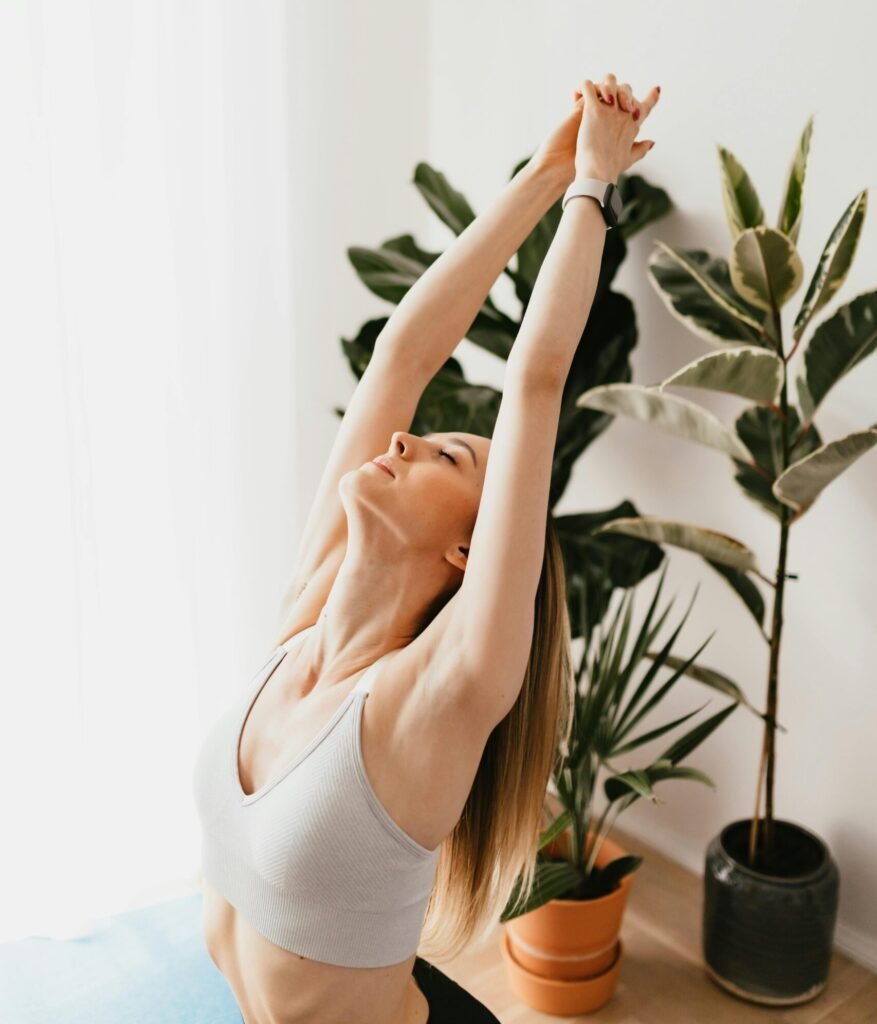
Incorporating Root Chakra Affirmations
In addition to practicing root chakra yoga poses, you can enhance your practice by incorporating affirmations that resonate with the energy of the Muladhara chakra.
Understanding Affirmations
Affirmations are positive statements that you repeat to yourself to shift your mindset and beliefs. By affirming your intentions and desires, you can reprogram your subconscious mind and align with the energy of the root chakra.
Examples of Root Chakra Affirmations
- I am safe, secure, and supported by the earth beneath me.
- I trust in the wisdom of my body to guide me on my path.
- I am grounded, rooted, and connected to the present moment.
- I release fear and embrace the infinite abundance of the universe.
6. Conclusion
Root chakra yoga poses offer a powerful way to connect with the earth’s energy and cultivate a sense of stability and security in your life. By incorporating these poses into your practice and aligning with the energy of the root chakra, you can experience profound physical, emotional, and spiritual benefits. Remember to breathe deeply, stay present, and honor your body as you explore the transformative power of root chakra yoga.
FAQ
Most frequent questions and answers
- Yes, root chakra yoga poses are accessible to practitioners of all levels. Beginners can start with gentle variations of the poses and gradually build strength and flexibility over time.
- Consistency is key when it comes to yoga practice. Aim to practice root chakra yoga poses at least a few times a week to experience noticeable improvements in your physical, emotional, and spiritual well-being.
- Individuals with specific medical conditions or injuries should consult with a healthcare professional before beginning any new exercise regimen, including yoga practice.
- Absolutely! Root chakra yoga poses can complement other practices such as meditation, Reiki, or crystal healing, enhancing your overall sense of well-being and connection.
- The effects of root chakra yoga practice can vary from person to person. Some may notice immediate shifts in their energy and mood, while others may experience more gradual changes over time. Trust in the process and be patient with yourself as you explore the transformative potential of these powerful poses.
- Root chakra yoga poses can be beneficial for promoting relaxation and reducing stress, which may indirectly improve sleep quality. Incorporating these poses into a bedtime routine, along with deep breathing and mindfulness practices, can help calm the mind and prepare the body for restful sleep. However, individuals with chronic sleep issues should consult with a healthcare professional for personalized recommendations and treatment options.
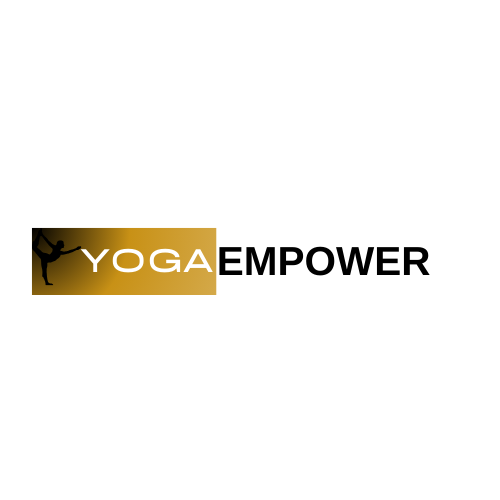
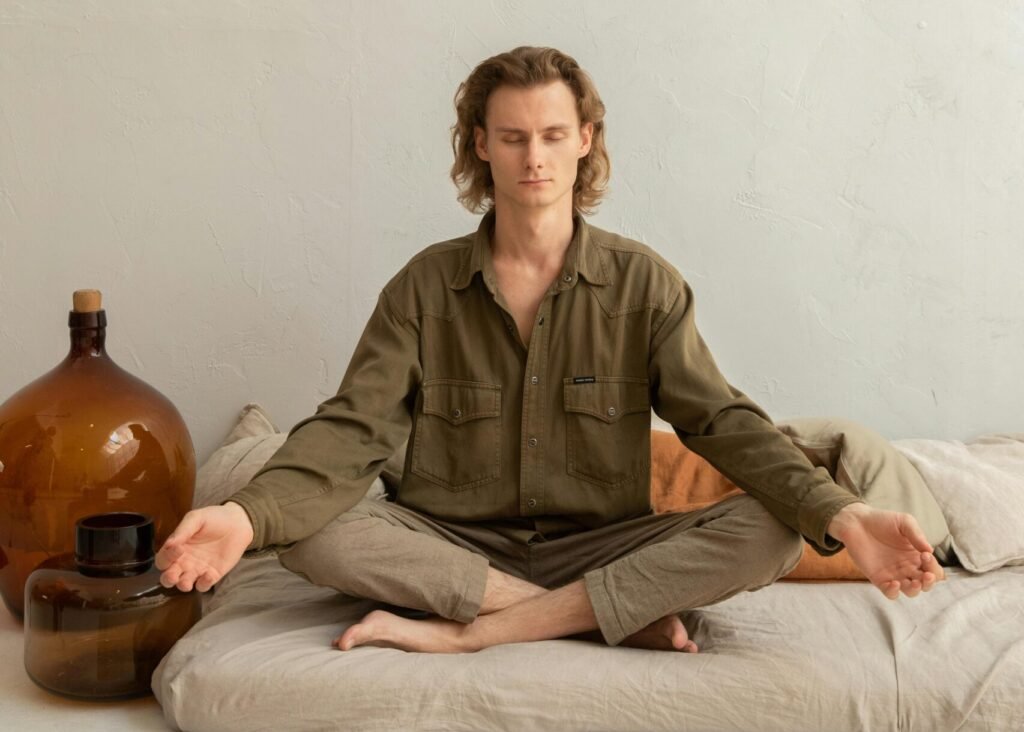






[…] READ ABOUT “Root Chakra Yoga Poses: Guide, Variations, and Tips” CLICK […]